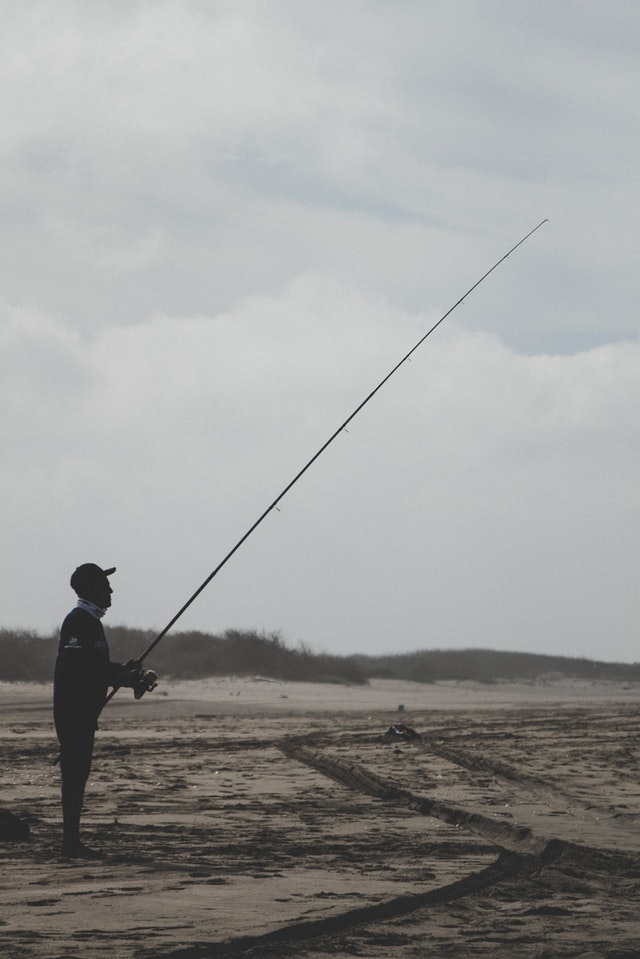Fishing Equipment
Fishing
Fishing
lines were launched for game and for dinner as long as there was water and
fish. Every year, angling gear develops, ranging from basic string on stick to
bars and innovative baits. Angling devices vary depending on the type of fish
you plan to obtain, but they usually incorporate commonly used items.
Rods
The
corner poles consist of a thin shaft of solid but flexible materials. At the
point where it is connected to a fishing line and a reel, the pole allows you
to throw your line far into the water. The poles change depending on the type
of fishing you plan to do and are usually organized according to their activity
its degree of torsion, their quality control, their decrease and their
responsiveness. Posts are regularly made of graphite or fiberglass.
Reels
The
reel joins the pole and allows you to reel your line. This allows you to catch
a fish or wrap the line for another throw. The reel rests in a reel located near
the handle of the rod of the fishing rod.
Line
The
fishing line allows you to discard your snare and direct it to the water view.
Indeed, even a simple chain can be used as a fishing line, but most fishermen
use an extremely structured line designed for calculation. Most fishing lines
are contrasting in quality, depending on the type of fish you are considering,
but they are also controlled according to flexibility, casting
ability and perceptibility.
Leaders
The
pioneers are either mono filaments or wire more resistant and heavier than the
fishing line. The pioneer connects the breakpoints to the trap and the snare
drum. It is used to secure your fishing line and prevent it from breaking - or
being nibbled - while catching bigger fish. A pioneer is not always important,
and it is regularly used when it is feared that a fish will gain enough energy
to break your line.
Hooks
The
trap is the thing that catches the fish so you can wrap it in. Line traps are
designed to pierce and interfere in the mouth of a fish when chewing your
draft. In case the fish can not get loose, you can play it until it is tired,
then roll it up and baffle it or put it away. Fish traps change configuration,
size, shape and material depending on the type of fish you are processing.
Weight
Buoys
and loads determine where your snare sneaks into the water. Loads are added to
the fishing line to pull the snare farther towards the base, to suspend it
attractively before the base remains fish. The buoys keep the line close to the
surface, preventing the line from flowing to the base. The position of the buoy
waiting determines the load that can support your snare drum.
Lure
and bait
Lure
differs from earthworms and fish eggs in an increasingly expensive living lure,
such as small live fish or frogs. Snare can also be as simple as a marshmallow
or a little corn. Draw the change in costs and refinement; they reflect the
conduct of the most beloved prey of the fish or aim to animate the
consideration of the fish with shading or reflection.









No comments
Help Us to improve our web by comments and suggestions.